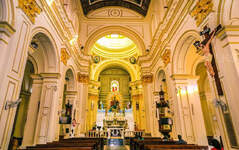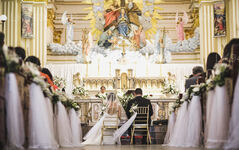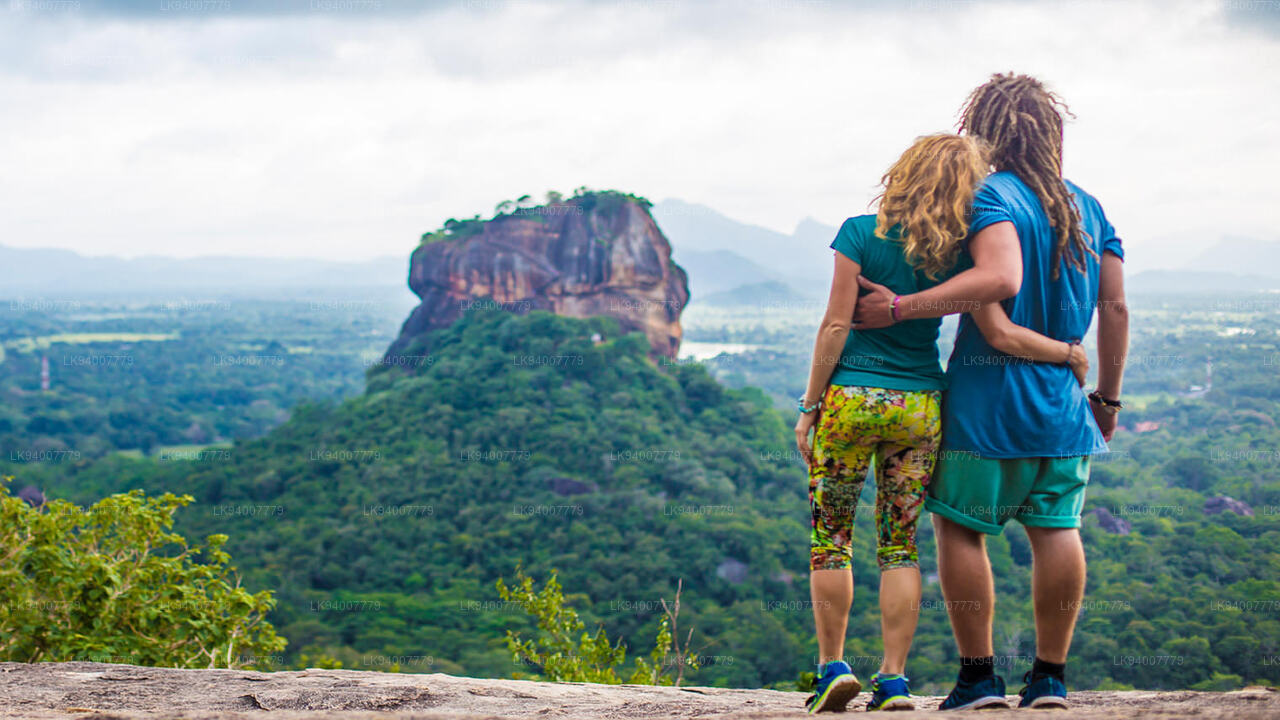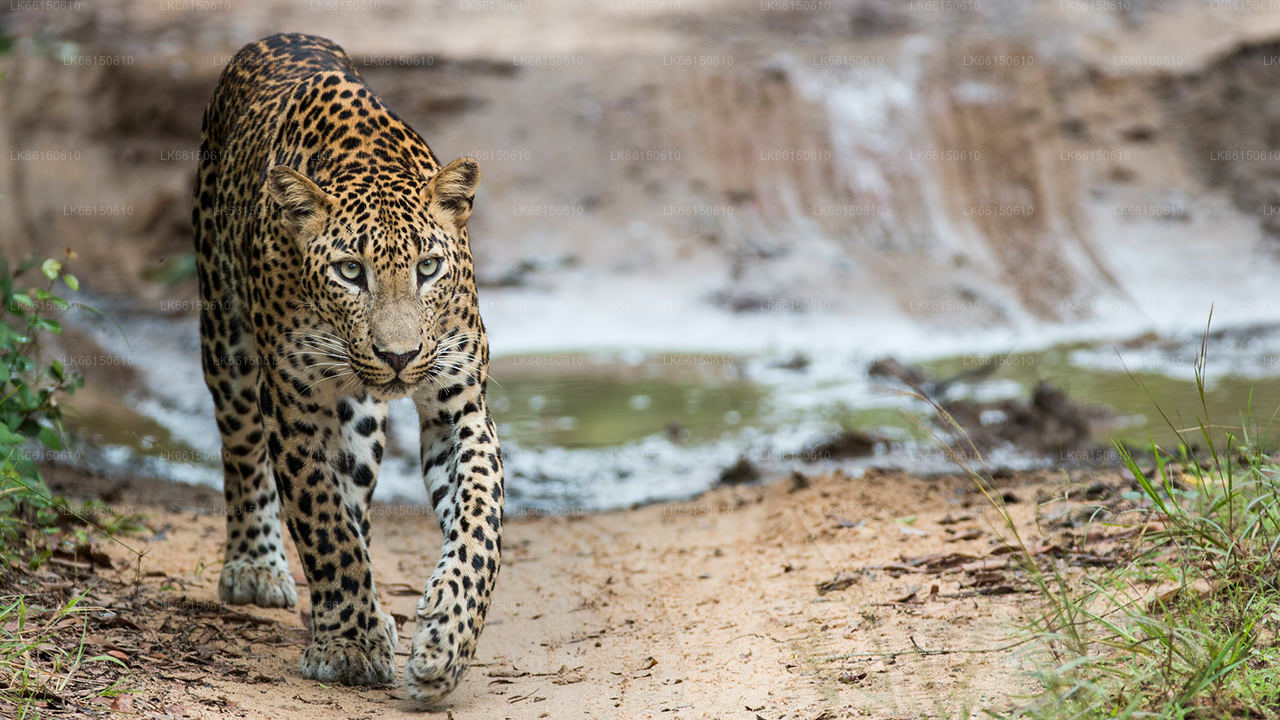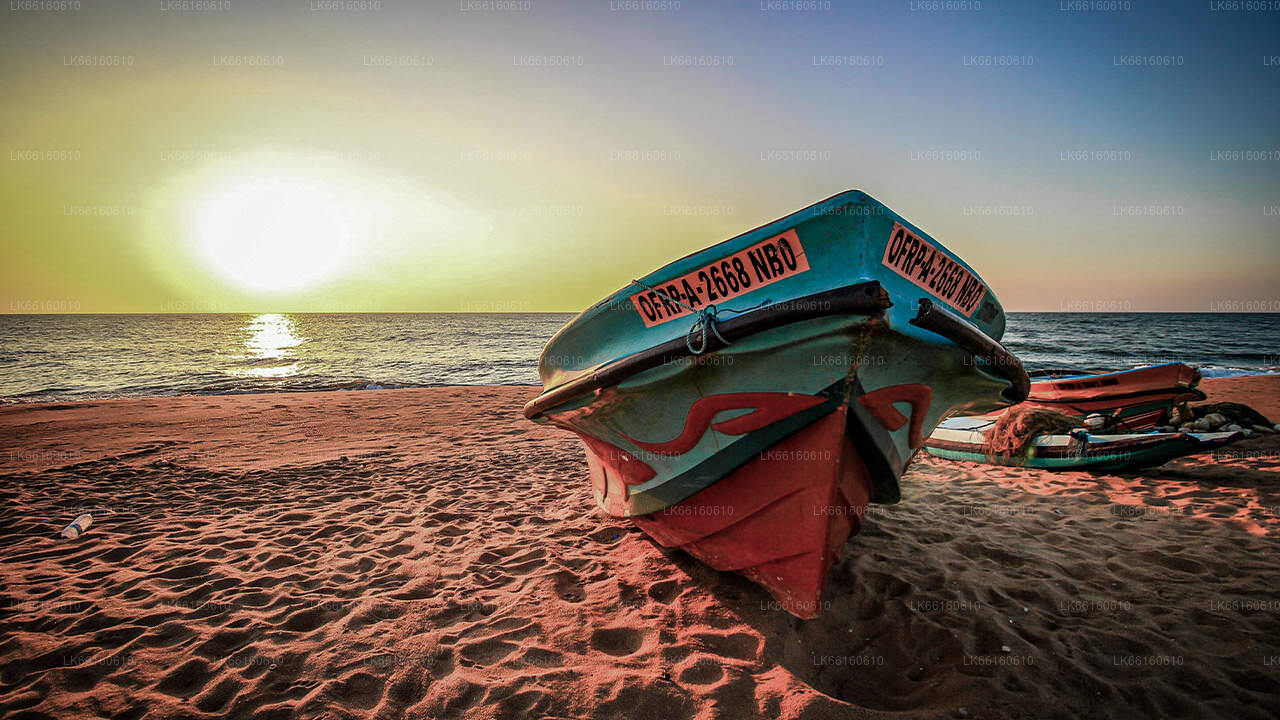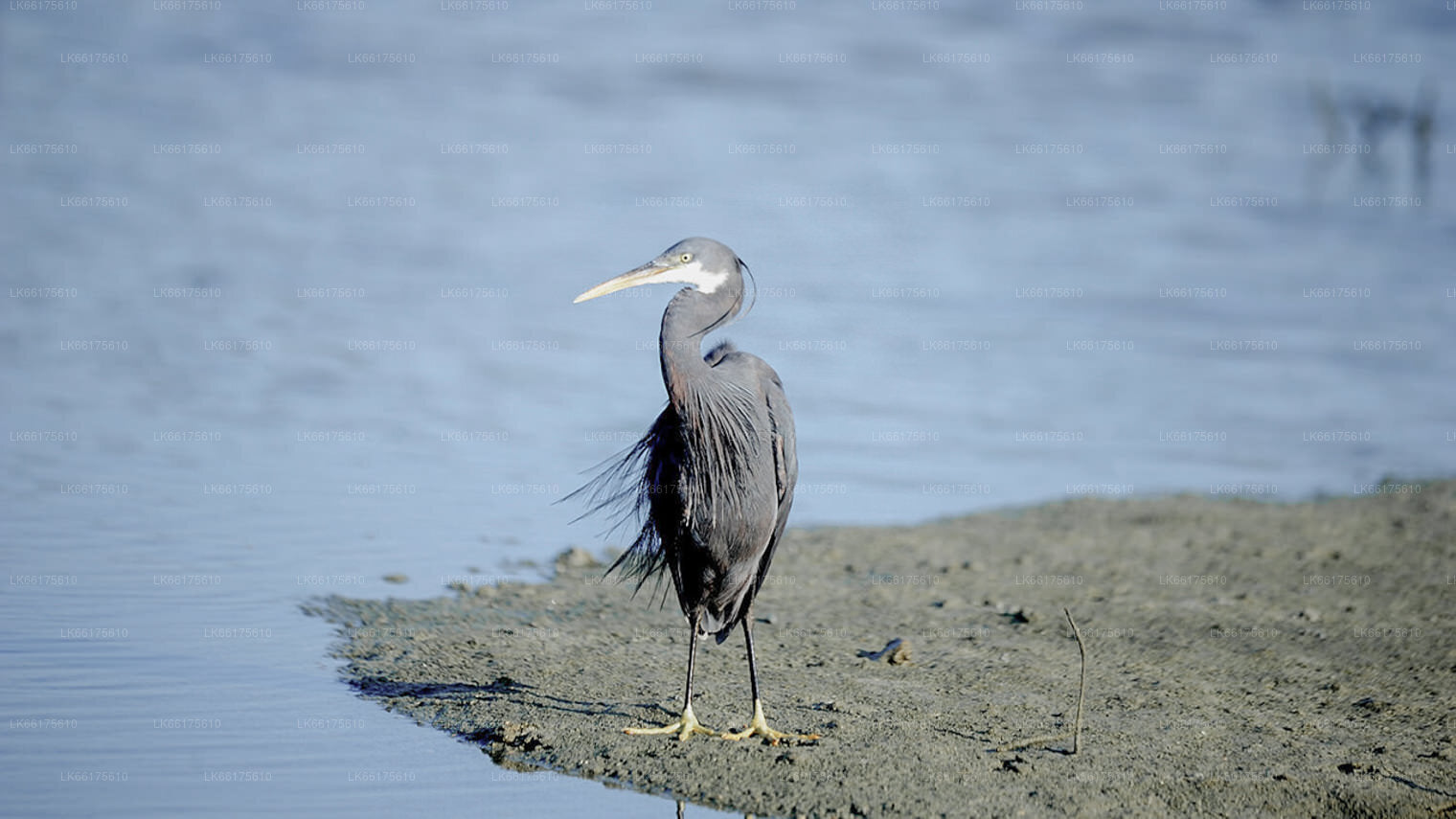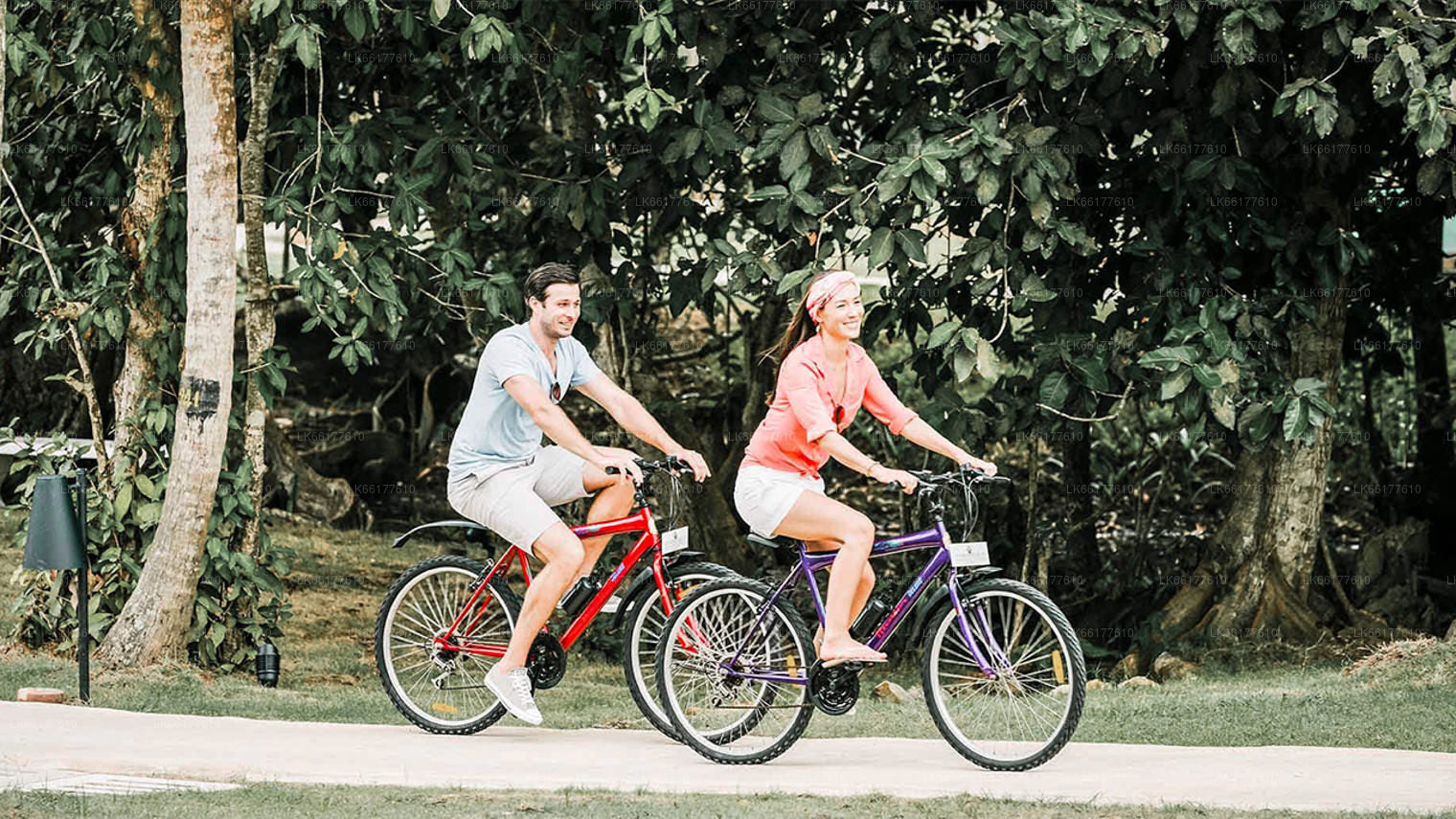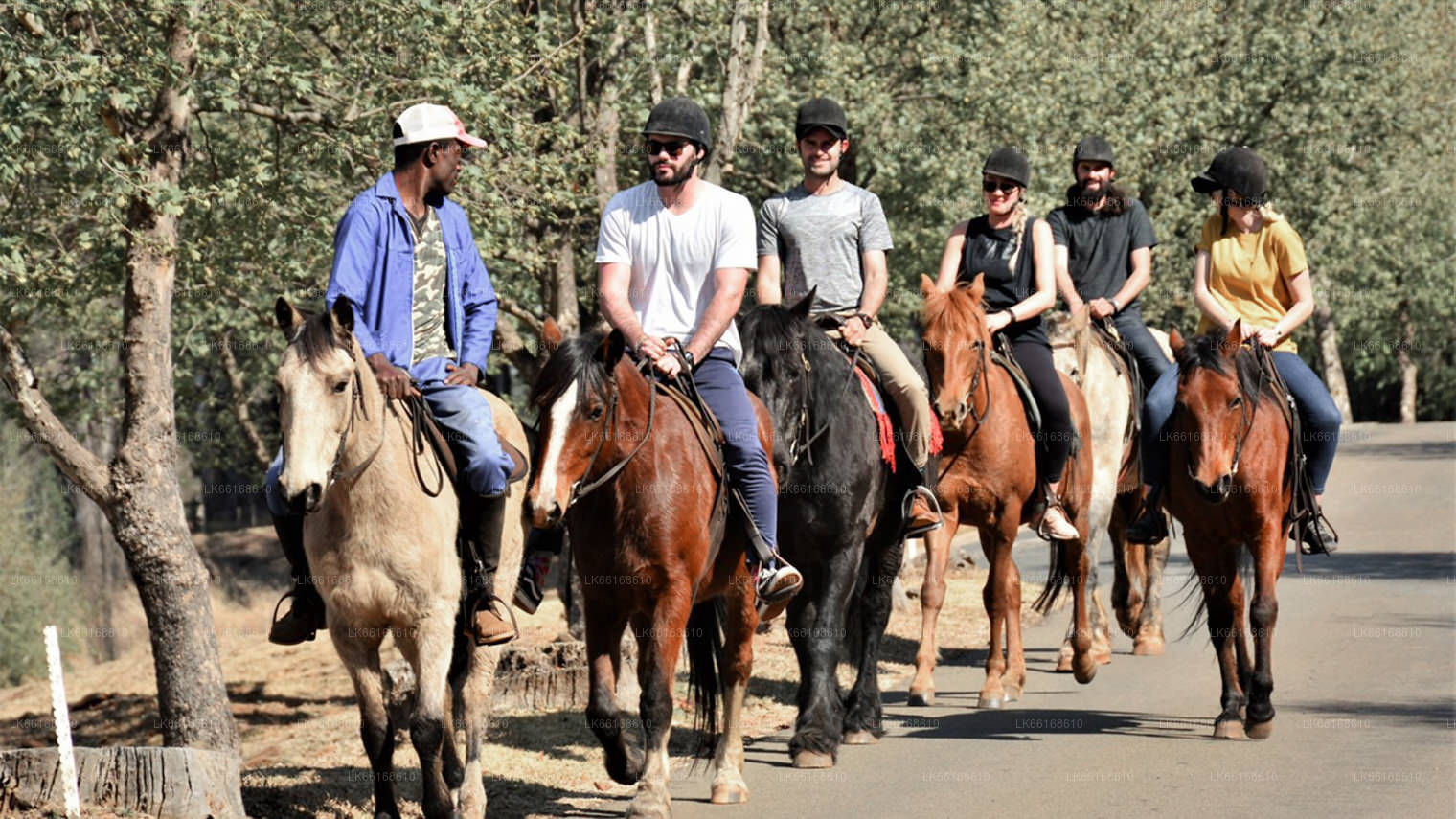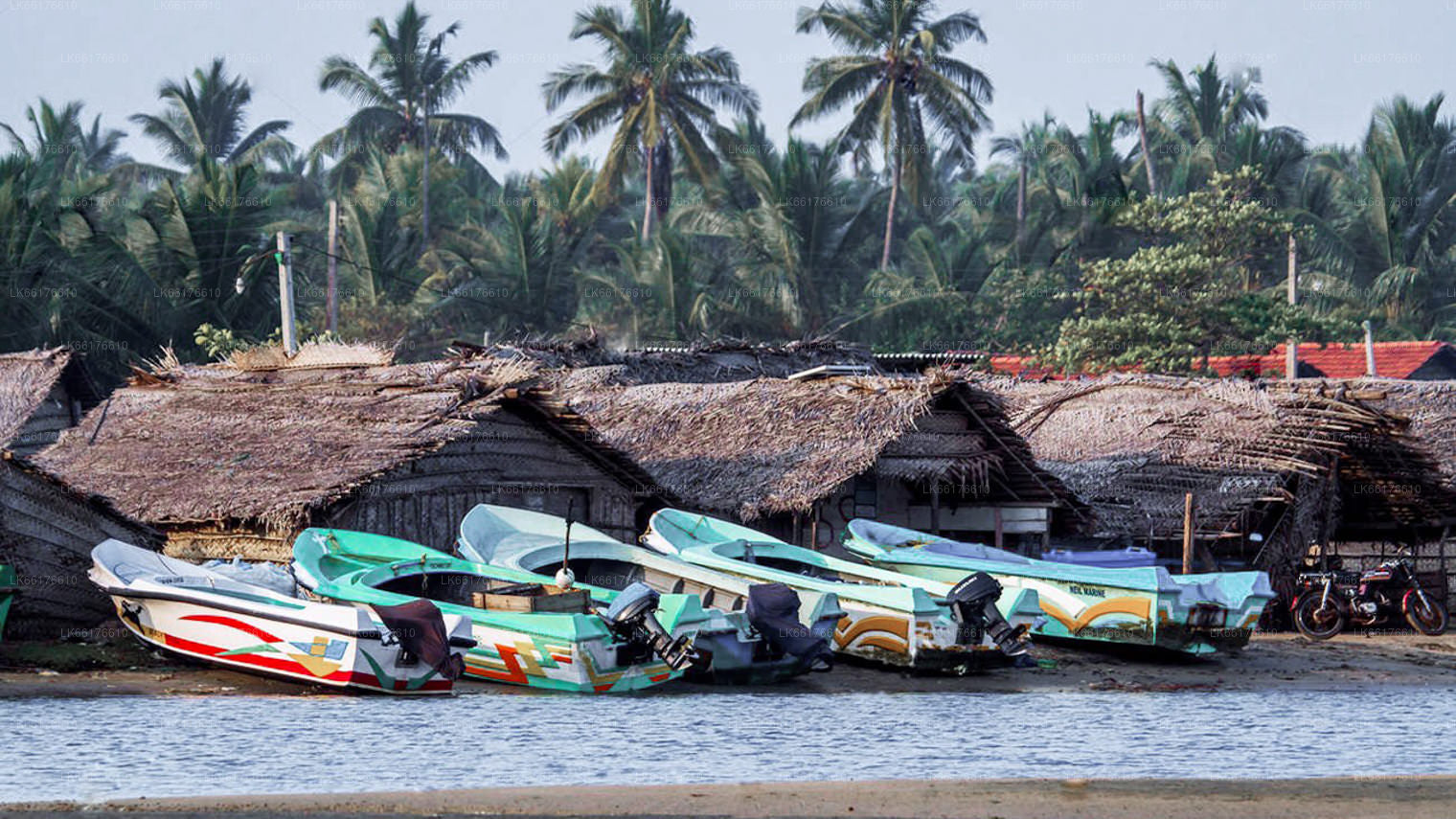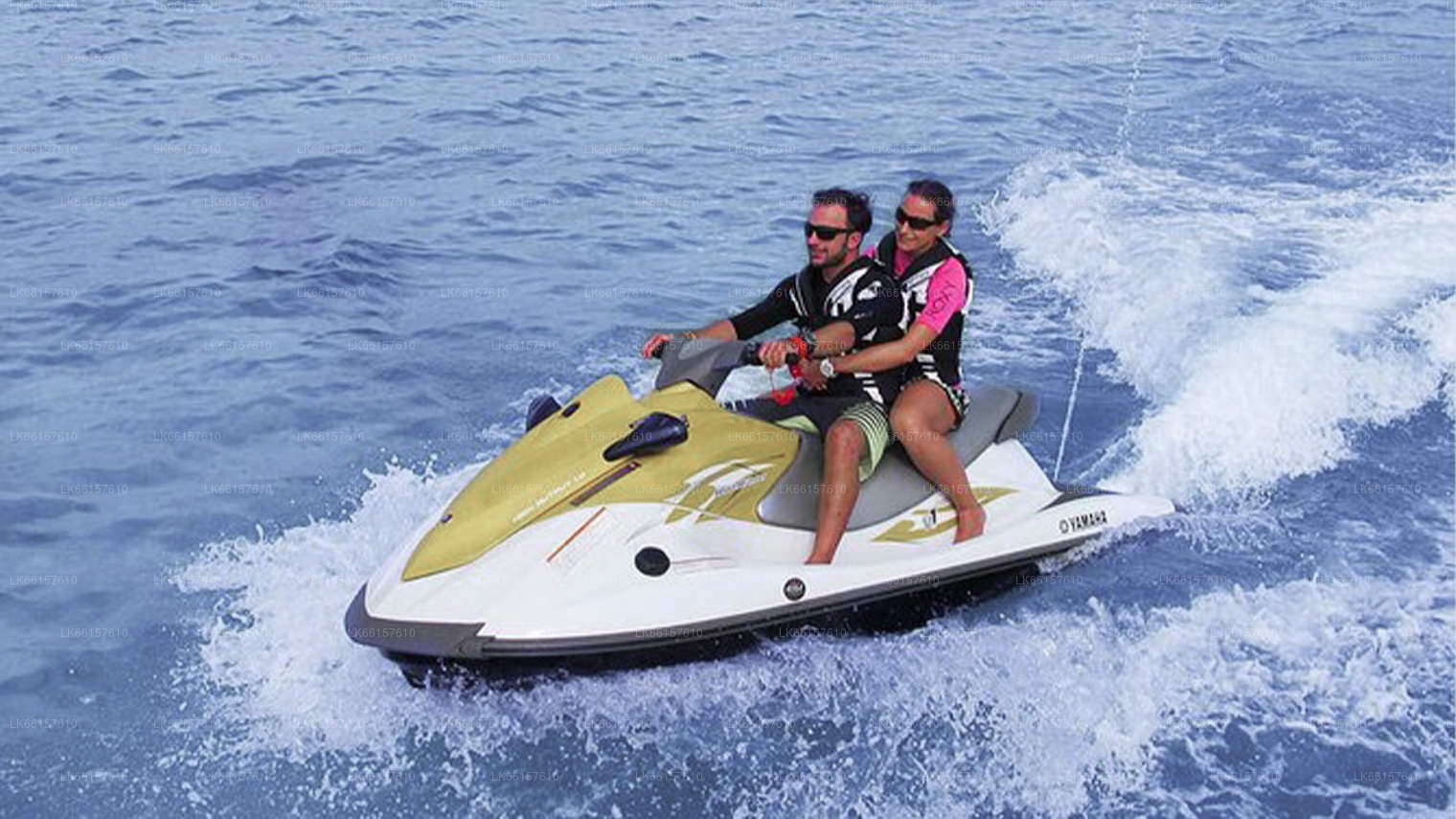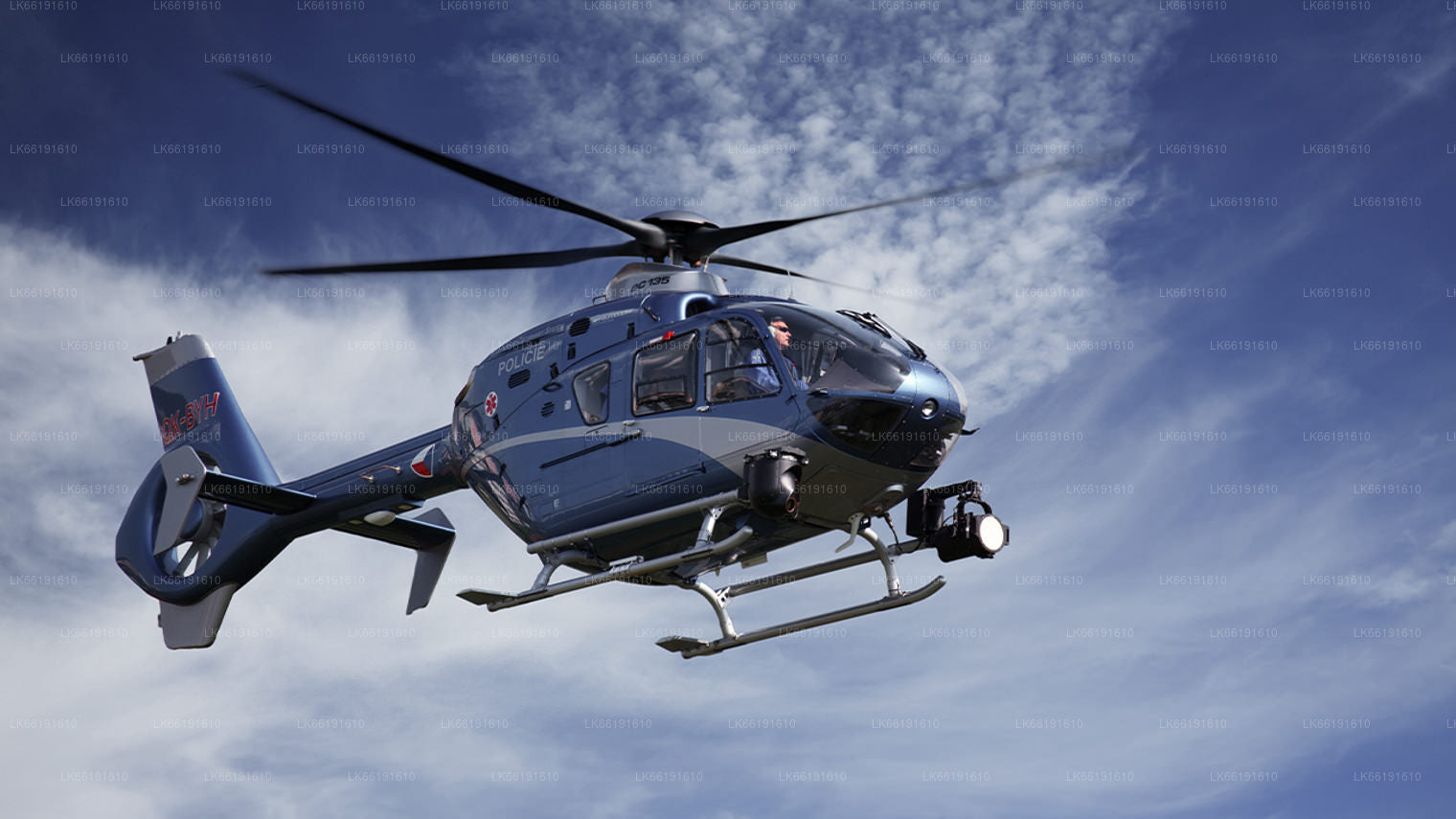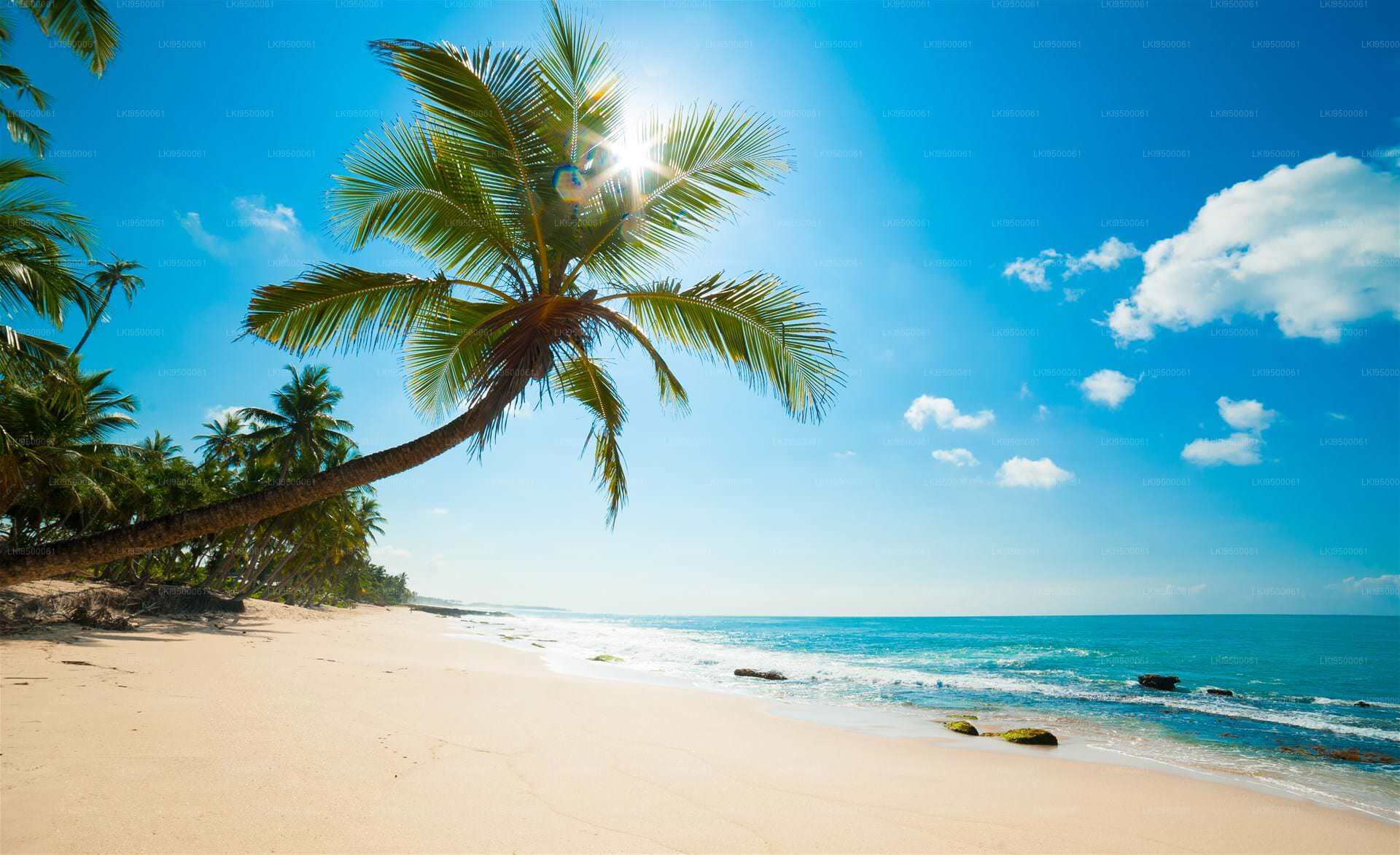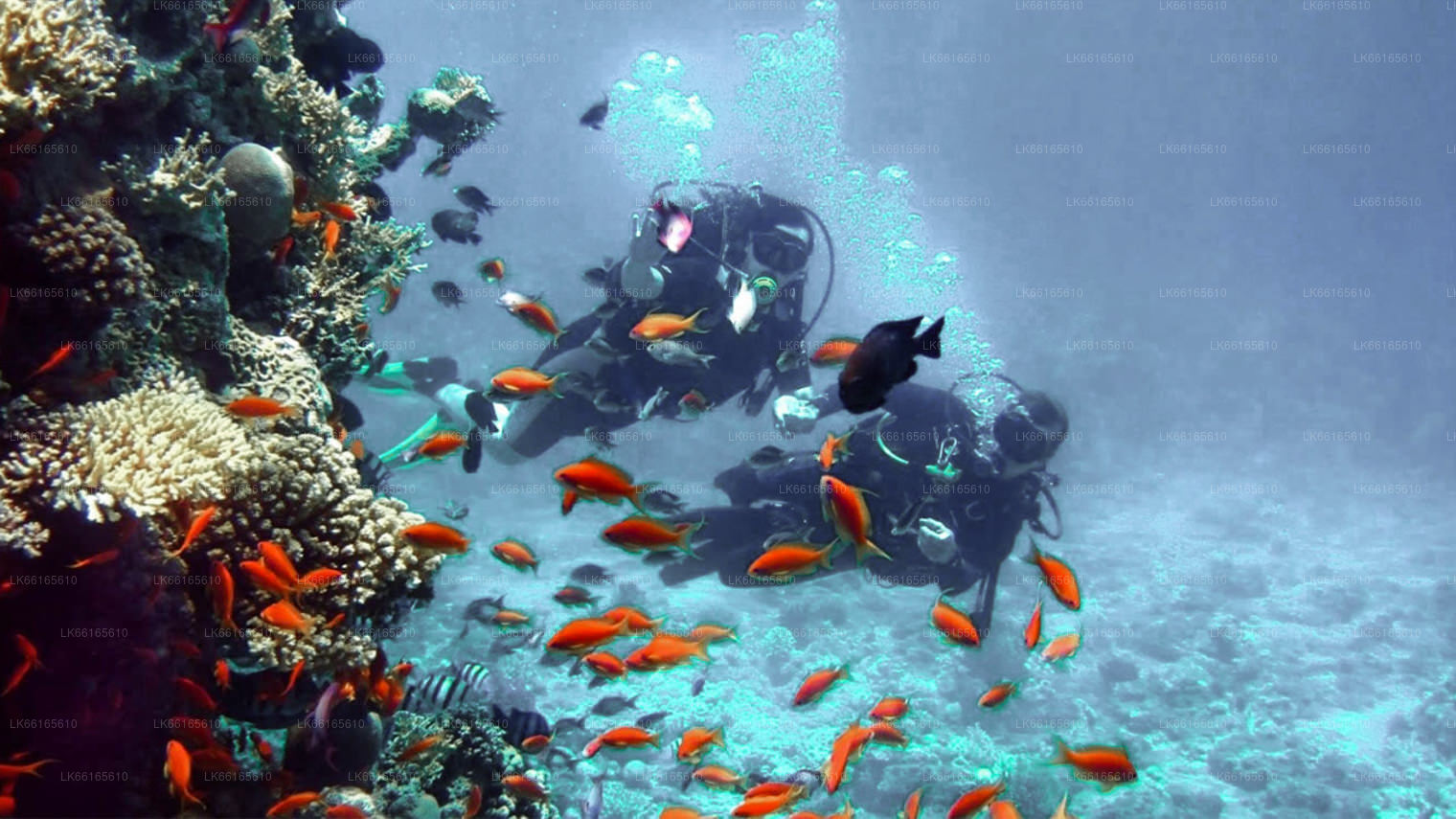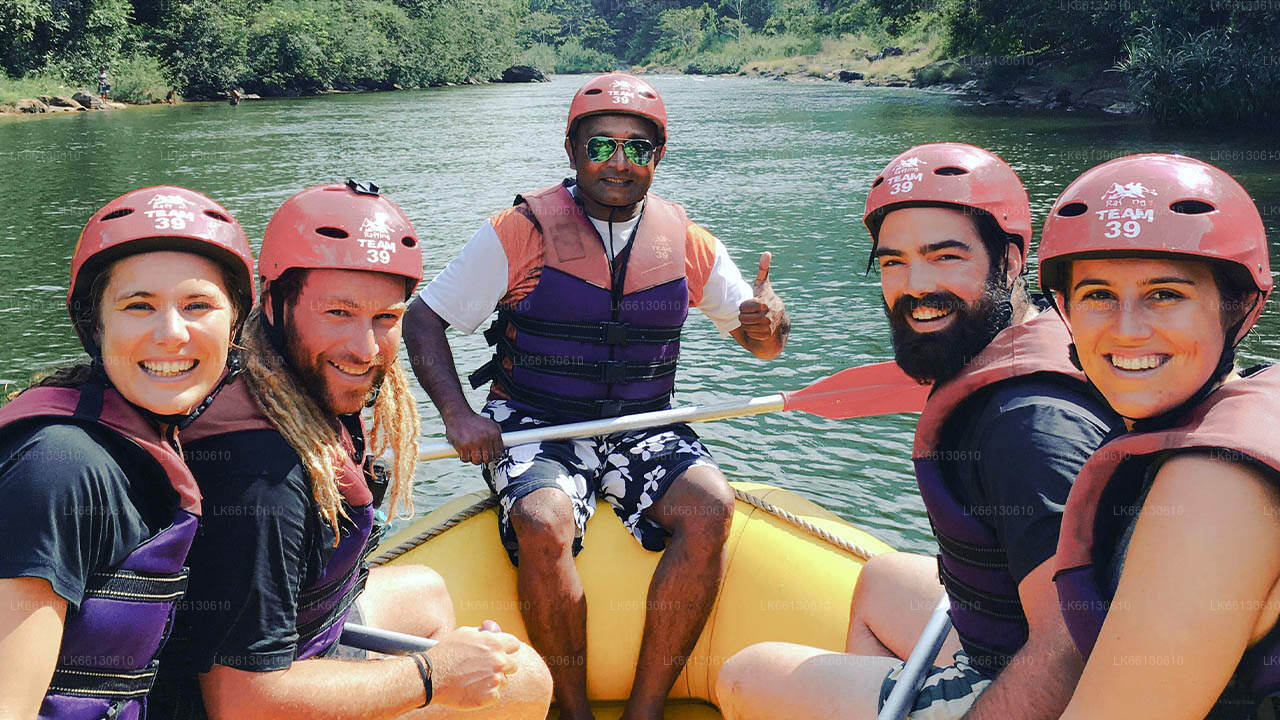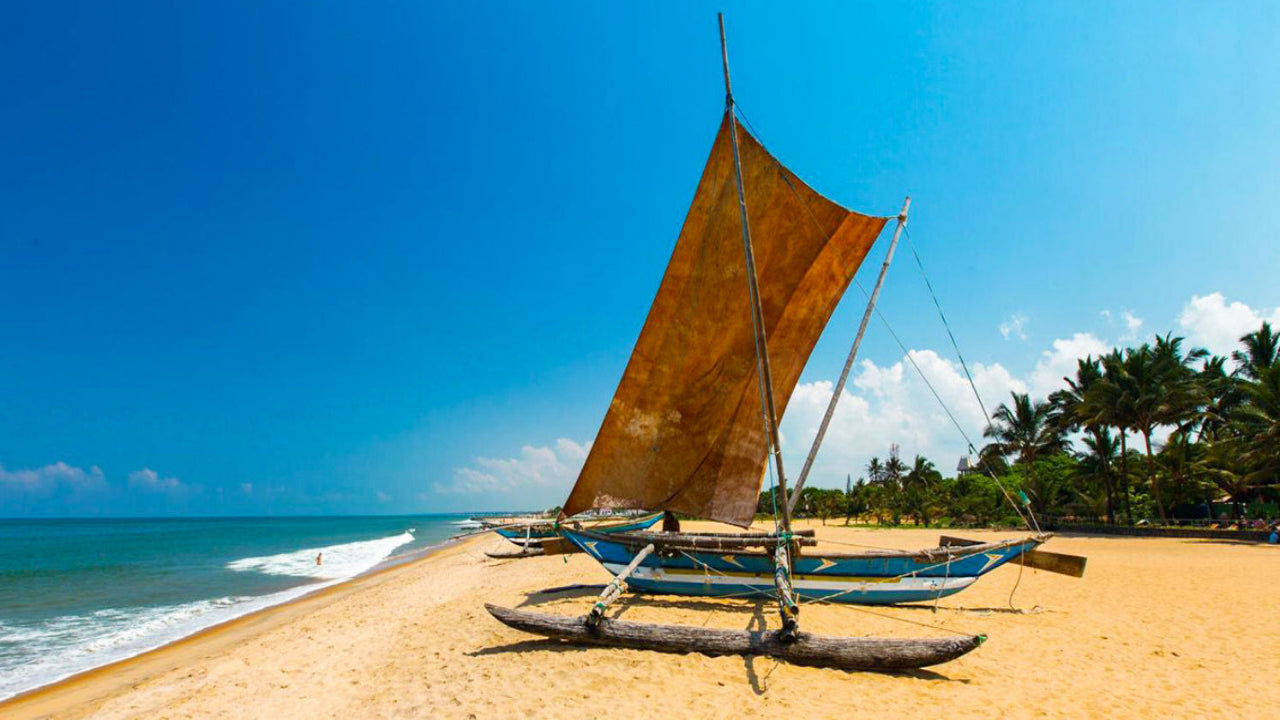
Negombo By
Negombo, en kystby i Sri Lanka, tilbyder en levende blanding af kulturarv og kystcharme. Kendt for uberørte strande, den hollandske kanal og travle fiskemarkeder, lokker den med spændende udflugter og fredfyldte templer. Oplev Negombos rige tapet under hvert besøg.
St Marys Church Negombo
St Mary’s Church, Negombo in Sri Lanka: Early Catholicism in Sri Lanka
There is evidence prior to the 16th century of small groups of Christians in Sri Lanka, residing among traders from the Middle East and mercenaries from South India. Records of these ancient travelers report that a separate area was given for Christians in the ancient capital of Anuradhapura and there was a Christian chapel used by the Persian merchants who came to Sri Lanka around the 5th century.
Christianity really began to spread in Sri Lanka only with the arrival of the Portuguese in the 16th century.
On November 15, 1505, a Portuguese fleet commanded by Lourenço de Almeida, after having been driven by a storm to the shores of Sri Lanka, landed in Colombo. When de Almeida and his fleet arrived on the island, Sri Lanka had a Tamil kingdom in the north and in the south there were two Sinhalese kingdoms, one in the central highlands with Kandy as its capital, and the other, comprising mainly of the south-western lowlands, which was the largest, richest and most powerful. The ruler of this region, King Dharma Parakramabahu IX was considered the emperor of the whole country and he resided in his capital, Kotte.
With the permission of the King of Kotte, de Almeida erected a trade station and a small chapel in Colombo. Franciscan Friar Vicente, the chaplain of the fleet, celebrated Mass. This is the first record of a Catholic Mass on Sri Lankan soil. The chapel was dedicated to St Lawrence, Roman deacon and martyr, Lourenço’s name-saint. It was thus that St Lawrence became the chief patron of the city of Colombo.
he Catholic faith spread further when other Religious Orders such as the Jesuits, Dominicans and Augustinians, arrived in the country as well. The Jesuits arrived in 1602, the Dominicans in 1605, and the Augustinians in 1606.
St Mary’s Church, Negombo in Sri Lanka: Persecution by the Dutch and British Rule
During the middle of the seventeenth century, another colonial power, the Dutch, arrived in Sri Lanka. In time they ousted the Portuguese and occupied the territories held by them. During the period of the Dutch, Catholicism was prohibited as the Dutch gave predominance to their Protestant faith. Catholics began getting persecuted and many were forced to flee in safety to other parts of the Island. Catholic Churches and schools were shut down and Catholics were forbidden to harbour priests, for which the people faced severe punishment if found guilty. As a result, Catholics did not have any priests to minister to them for nearly 30 years.
When the British took control of the island in the year 1796, they restored religious freedom in the country and various European Missionaries freely travelled to the country.M
St Mary’s Church, Negombo in Sri Lanka: Catholicism in Negombo
Negombo is a multi-religious city. Since the beginning of European colonization, the township of Negombo has had a majority of Roman Catholics along with distributed numbers of Buddhists, Hindus and Muslims.
Negombo has been given the name Little Rome due to the highly ornate Portuguese-era Roman Catholic churches such as St. Mary’s Church found in the township and because the majority are the Roman Catholics. To name a few of other famous churches in the area is; St.Sebastian’s churches at Sea street and Katuwapitiya, Saint Stephen’s Church, Negombo, St.Anne’s churches at Kurana and Palangatura and St.Anthony’s church Dalupotha are the biggest parishes in Negombo. Overall there are over 25 Roman Catholic churches in the city.
There is a branch of The Church of Jesus Christ of Latter-day Saints in Negombo. There are also Methodist churches, Baptist churches, and the other Anglican churches in Negombo.
St Mary’s Church, Negombo in Sri Lanka: A Religious Landmark
The St. Mary’s Church, Negombo is landmark edifice, a Roman Catholic church in the heart of the Negombo town. It is one of the largest cathedrals in the island.
St Mary’s Church, Negombo in Sri Lanka is located in the heart of Negombo town. It is in the Gampaha District, 6 kilometres from the Katunayake Airport, and accessible by the Colombo – Chilaw – Puttlam road.
Construction of the church was started in the latter part of 1874 and completed after a significantly long gap, in 1922. The architecture and construction of the church takes cues from similar other churches in Sri Lanka. Demonstrating the cultural amalgamation of the European practices with Sri Lankan art and architecture which was predominant during the early years of the 20th century.
The church was built in neoclassicism style with columns and plain walls. Its ceilings are painted with alabaster images of many saints and religious icons. The unique paintings on the life of Christ on the ceiling were done by the N.S. Godamanne, a local painter of Buddhist origin who aided the construction of the church. The beauty of the paintings on the nave. A testator paid the cost of one of the altars, which was imported from Europe.
Gampaha-distriktet
Gampaha er en by i Sri Lanka og er hovedstaden i Gampaha-distriktet i Western Province, nord for Colombo. Gampaha-distriktet er adskilt fra Colombo hovedsageligt af Kelani-floden. Gampaha by ligger omkring 4 km fra Miriswatta på Colombo-Kandy-vejen. Gampaha er omgivet af byerne Yakkala, Miriswatta, Weliweriya Udugampola og Ja-Ela.
Navnet "Gampaha" på singalesisk betyder bogstaveligt talt "Fem landsbyer". De fem landsbyer er kendt som Ihalagama, Pahalagama, Medagama, Pattiyagama og Aluthgama.
Western Province
Western Province er den tættest befolkede provins i Sri Lanka. Den er hjemsted for den lovgivende hovedstad Sri Jayawardenapura samt Colombo, landets administrative og forretningsmæssige centrum. Vestprovinsen er opdelt i 3 hoveddistrikter kaldet Colombo (642 km²), Gampaha (1.386,6 km²) og Kalutara (1.606 km²). Som Sri Lankas økonomiske centrum har alle de store lokale og internationale virksomheder deres tilstedeværelse i byen, ligesom alle de store designer- og detailhandlere på hovedgaden, så vær klar til at forkæle dig selv med lidt shoppingterapi i den vestlige provins.
Med den højeste befolkning i alle provinserne er næsten alle de førende uddannelsesinstitutioner på øen placeret i den vestlige provins. Universiteterne i provinsen inkluderer University of Colombo, University of Sri Jayewardenepura, University of Kelaniya, Open University, Sri Lanka, Buddhist and Pali University of Sri Lanka, General Sir John Kotelawala Defence University og University of Moratuwa. Vestprovinsen har det største antal skoler i landet, herunder nationale, provinsielle, private og internationale skoler.

